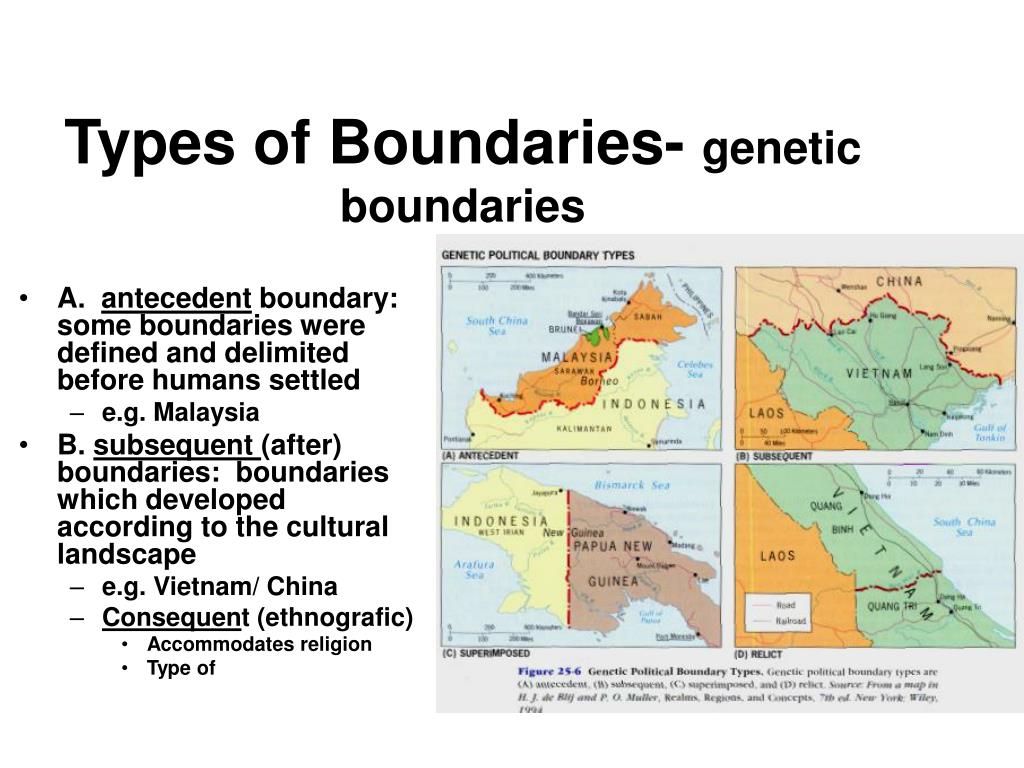

The land, which measured about 30,000 square miles, became known as the Gadsden Purchase. In 1853, the United States reached an agreement with Mexico to purchase a large tract of land in the southwestern corner of the country. Thus, we can also consider this an example of a superimposed border. While the colonizers hadn’t settled in the west, there were many Native Americans who were living along both sides of the 49th parallel whose lands were arbitrarily split by the colonizers’ borders. The border agreement was put in place to ensure each side clearly knew who would own which land, preventing possible conflict later on. This border was created when there was a race to the west of North America between the United States and Britain. Before that, the British and Americans had informally used the 49th Parallel as their border in the Oregon Country which was established by the Treaty of Paris. This border was established in the 1846 Oregon Treaty.

It stretches from Minnesota to the west coast of the continental United States.

The 49th Parallel is the straight-line border between the US and Canada. The US-Canada border is (mostly) a straight-line geometric boundary, for example, that follows a line of latitude rather than anything on the landscape. Or, it can be a boundary that doesn’t exist on the landscape but is drawn on a map. It can be a natural boundary, such as a river, that two groups of people agreed to set as their boundary. In human geography, an antecedent boundary is defined as a boundary that “already existed before the present settlement in that area occurred”. Conclusion Definition of Antecedent Boundary


 0 kommentar(er)
0 kommentar(er)
